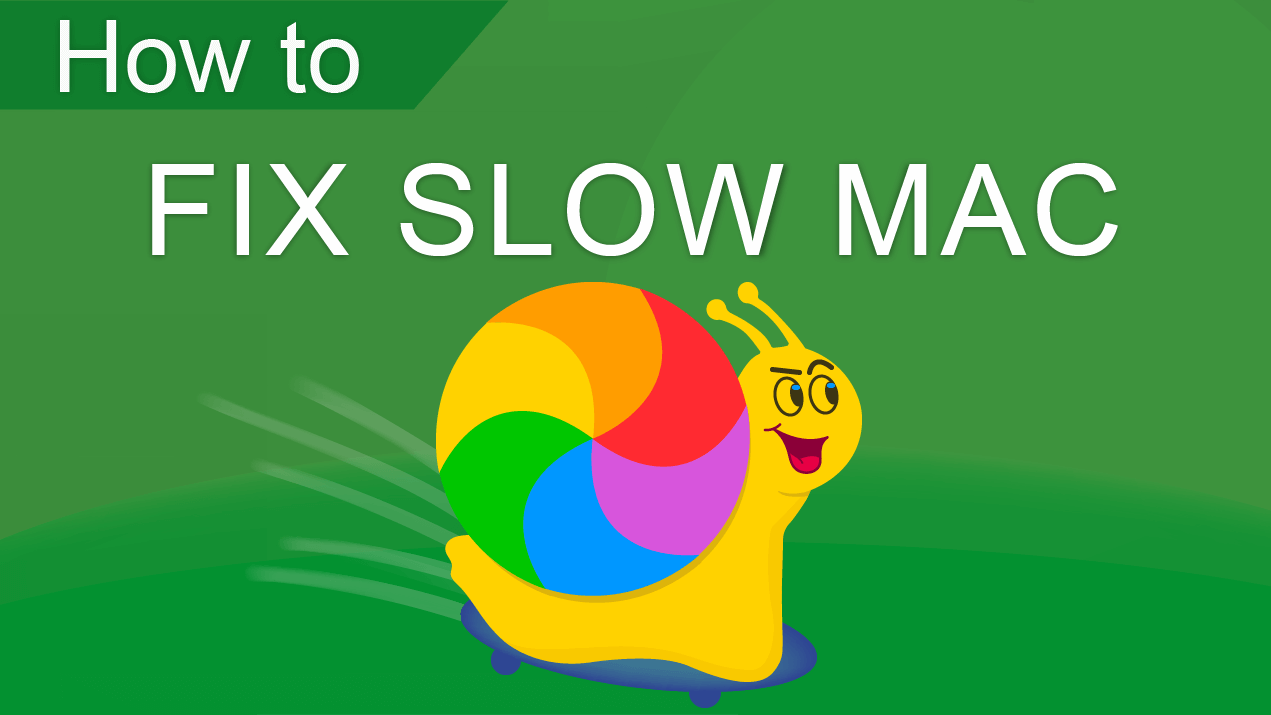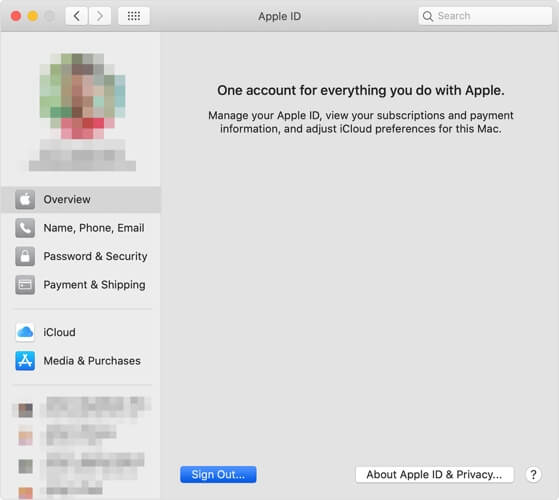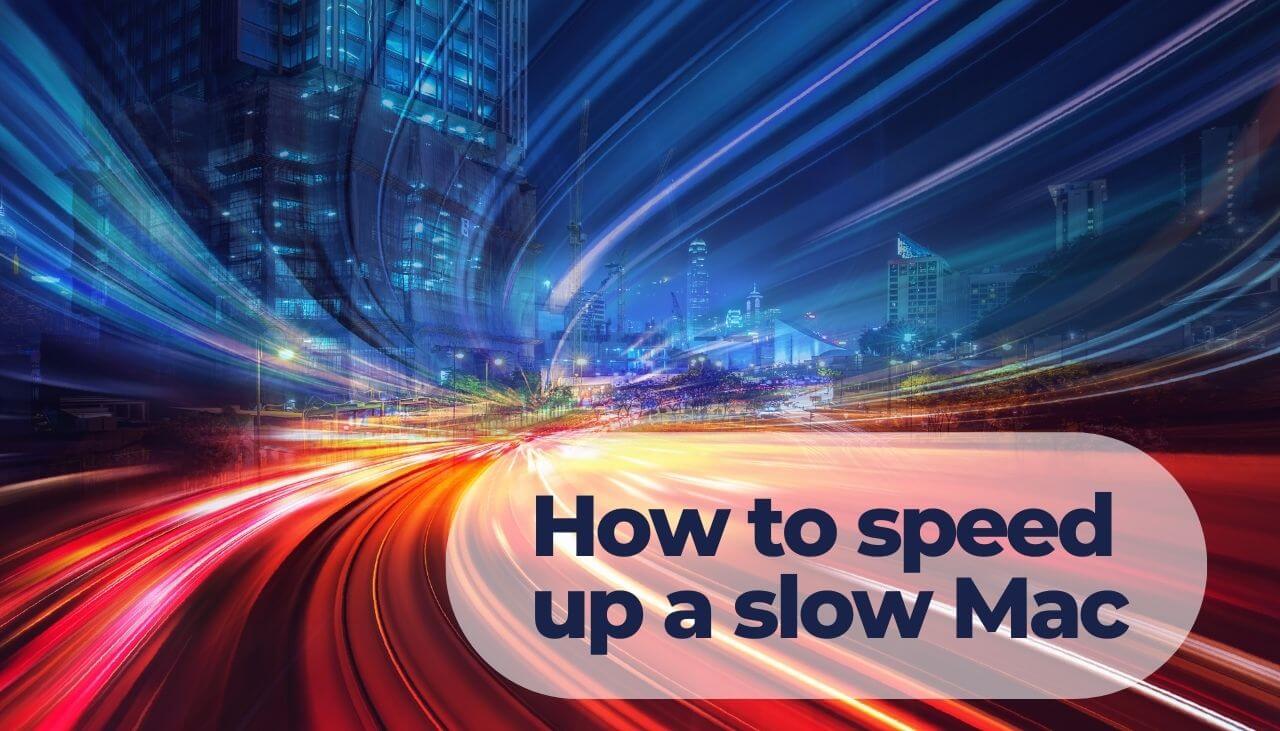

If you don’t feel like spending a bunch of time to find and clean things up manually, you can use CleanMyMac 3 to get rid of temporary files, clean up extra language files, uninstall applications, get rid of extra files left behind by application uninstallations, find and get rid of big attachments stored in Mail, and a whole lot more.

If you fail to keep your Mac’s hard drive clean, you’re eventually going to get the dreaded “Your disk is almost full” error, so you may as well start now and clear up some space. Most of the wasted space on your Mac is only going to be reclaimed if you look at lot deeper-cleaning out language files, removing duplicate files, deleting attachments, clearing temporary files, or emptying all of the Trash cans. You can obviously free up disk space by simply doing a cursory find-and-delete for big files and other things that you’ve downloaded, but realistically that’s only going to get you so far. Here’s how to clean up your Mac and reclaim some drive space. Luckily there are quick and easy ways to free up space on your hard drive.

Some new drivers can breathe new life into your hardware and fix any issues it may be having. Choose "Adjust for best performance," which will turn off a bunch of special effects and animations. Search for "View advanced system settings."ģ. The animations in your OS look cool, but they take up resources that could be going elsewhere.ġ. Being vigilant can help you avoid and eliminate threats that are hoarding resources or filling your laptop with junk files. Run regular virus and malware scans to prevent something malicious from slowing down your laptop - or worse. It's possible that something you didn't install intentionally - malicious software - could be the reason your laptop is slow. Be sure to check your library files for any junk that may stick around. Delete the junk to free up space and processing power for a faster computer. Unused programs take up storage on your hard drive and can suck resources from the CPU.


 0 kommentar(er)
0 kommentar(er)
